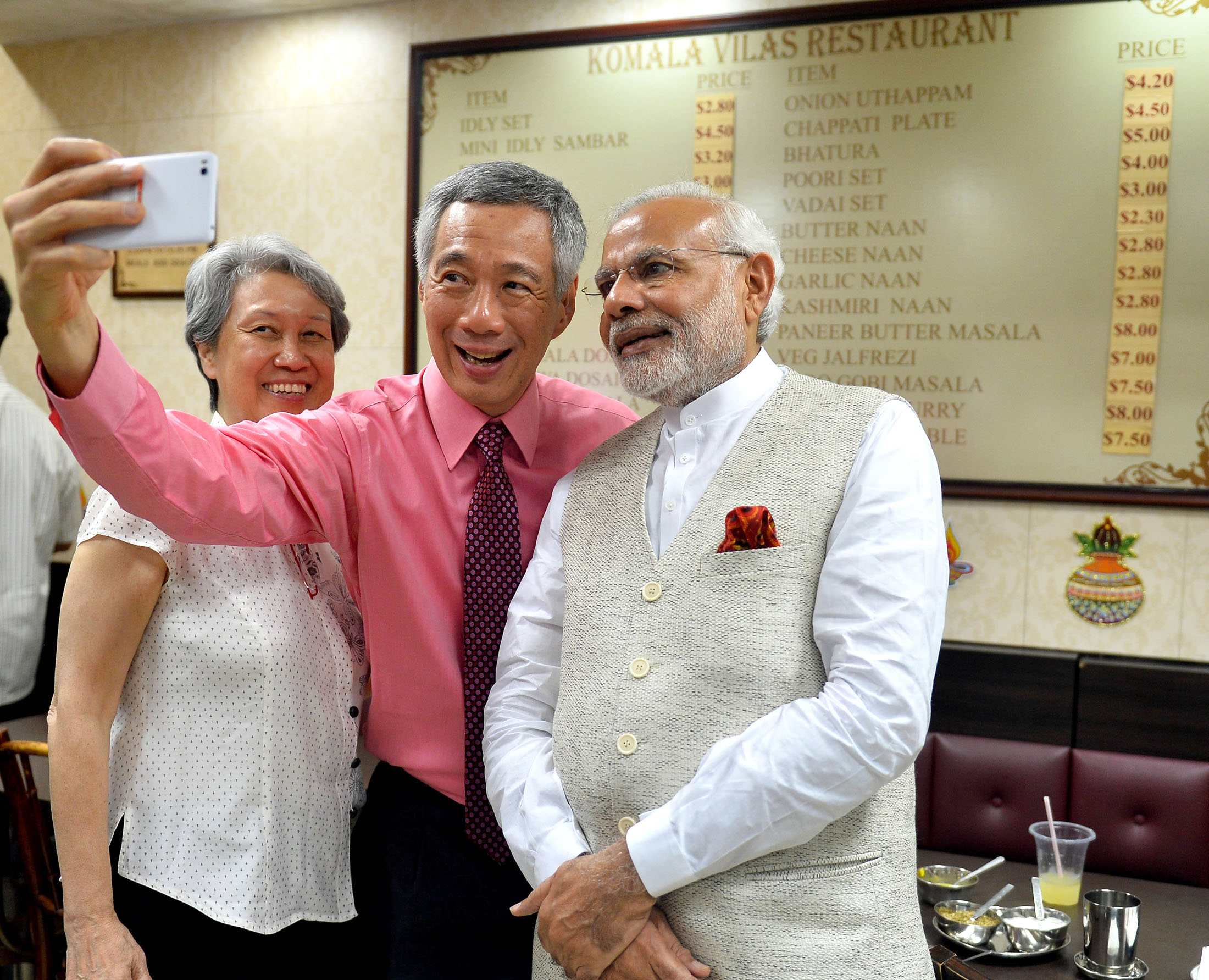Short-term visitors from South Asia make up fewer than 10 imported Covid-19 cases in last 28 days: MOH data
SINGAPORE — The Ministry of Health (MOH) said on Saturday (May 15) that fewer than 10 imported Covid-19 cases over the last 28 days were short-term visitors from South Asia. All short-term visitors are allowed entry into Singapore “only if they have family ties here” or on special compassionate grounds, it added.
Such grounds include attending a funeral or seeking medical treatment, MOH said in response to media queries on the number of imported cases who were short-term visitors.
It stated that Singapore reported 409 imported cases of Covid-19 over 28 days from April 16 to May 13.
Of these, 41.6 per cent were Singapore citizens or permanent residents, 50.6 per cent were work pass holders, student pass holders or dependants, and 7.8 per cent were short-term visitors.
For South Asia, the number of imported cases over the past 28 days was 271, comprising 50.2 per cent Singapore citizens and permanent residents, 46.5 per cent work pass holders, student pass holders or dependants and 3.3 per cent short-term visitors, which works out to nine short-term visitors.
“Every arrival is subject to stringent stay-home notice (isolation) and tests. Community transmission occurred nevertheless because the virus breached our safe measures, including at Changi Airport,” MOH said.
“The infiltrating virus can be from Singapore citizen, permanent resident, work pass holders or a short-term visitor. This is a challenge faced by all countries because no one can entirely close their borders.”
MOH added that the B1617 variant of the coronavirus that is prevalent in South Asia “is not just a Singapore problem” and the World Health Organization has deemed it a variant of global concern.
The global repository Gisaid Institute in Germany said that Europe has sequenced almost 2,000 B1617 infections. There were 486 in the United States, 85 in Australia, 29 in Japan and 17 in China.
“This is a major reason why transmission is rising throughout Asia — in Malaysia, Thailand, Japan. Even hitherto safe regions, such as Singapore, Taiwan and Vietnam, are experiencing outbreaks of community cases,” MOH said.
“These cases all originated from imports because all borders are porous. All it takes is one case to cause an outbreak, and no country can seal itself off totally. At the minimum, citizens and residents must be allowed to return home. “
In a separate statement, the Civil Aviation Authority of Singapore (CAAS) said that it has been adopting a multi-layered safety approach based on the risk profiles of the passengers.
Since March last year, passengers arriving from flights from very high-risk countries or regions have been processed separately from all other arriving passengers to minimise intermingling of passengers at Changi Airport.
“More recently, since early May 2021, we have further segregated passengers arriving from low-risk countries or regions from all other arriving passengers,” CAAS said.
Transit and transfer passengers have also been guided to a transfer holding area within Changi Airport that is separated from other passengers since transit and transfer resumed in June last year.
“The protocols and processes in place are continuously reviewed," CAAS said.
Earlier on Saturday, the authority said that Changi Airport will segregate flights and passengers from high-risk countries and regions from those arriving from low-risk places.
Flights arriving from high-risk regions will be assigned different piers and passengers on these flights will use different arrival immigration halls, baggage belts and toilets from those arriving on flights from low-risk countries or regions.
Passengers on flights from "very high-risk countries" will be escorted through the airport and have their on-arrival Covid-19 tests done at separate health screening stations.




